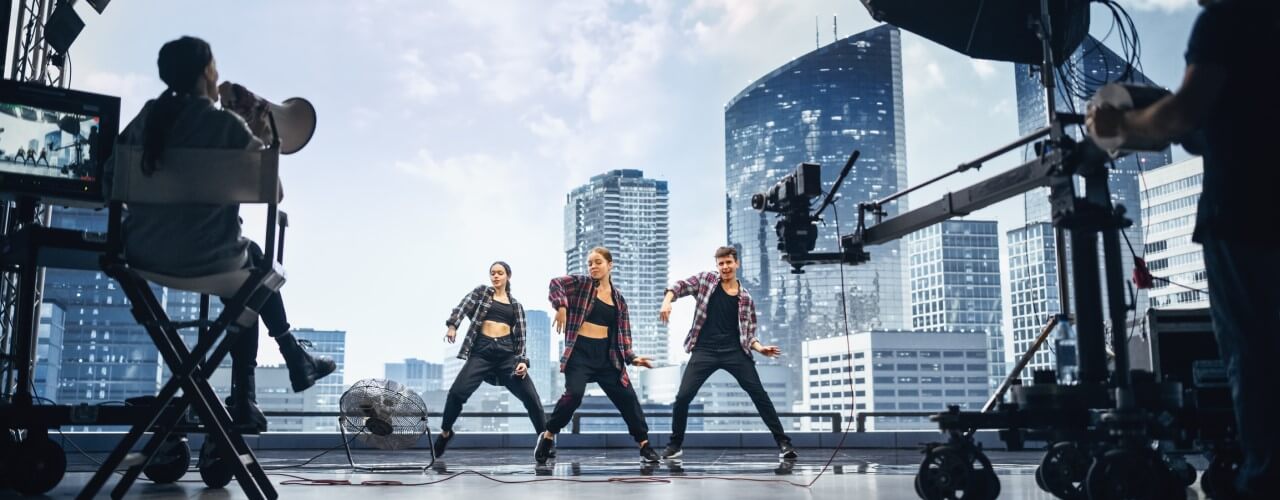The past, present and the future of set design
The past, present and the future of set design
Set design has a long and rich history, functioning as a key part of any show or performance, enhancing it and bringing it to life. Also known as scenic design, stage design or theatre design, this is the process of designing the environment for the action and the actors, taking into account the script and the scene. It has long been a vital function for performance – and will continue to be so in the future too.
Set design of the past
You can trace the history of set design all the way back to the Ancient Greeks when one of the most important features was ensuring that the audience could see and hear everything that was happening on the stage. By the 17th century, especially in Italy, backdrops and painted pictures had become a key part of set design. In fact, it is thought that it was the Italian Renaissance that really brought set design to life. It was during this time that perspective painting was used more and more to give depth. During the 18th century set design began to include more consideration of the importance of light and shadow and how this was used to enhance performances. This was the first time in history that the curtain was lowered to change the set in between scenes – and it was also when chandeliers first became popular.
Set design of yesterday
During the 20th-century set design benefited from all of the innovation of the past, including the moment in the 19th century when backdrops moved from 2D to 3D and construction made its way into set design through elevators, slots and traps, for example. Electricity means that we can use lighting for emphasis and dramatic effect and the advances in the detail and effectiveness of set design have made it an essential part of any production today. And, as people have become used to set design, it has once again started to evolve as the very concept of a set changes with immersive performance and different seating set ups. It was very common for set design to begin with the construction of a small-scale model.
Set design today and the future
None of us can predict the future but it is obvious that technology is going to have an important role to play in what comes next for set design – and half of what’s coming probably hasn’t been invented yet. We are currently witnessing an increased use of computer-generated imagery and the use of green screens, for example. LED walls are increasingly making an appearance in set design thanks to the way they can create a backdrop that the actor can also interact with. The use of computers to drive design, via programs such as AutoCAD and Sketch-Up has meant projects can become increasingly complicated and not threaten delivery. We are also seeing complex engineering with motion and control, via computers and software programs, really take hold – and this is likely to continue to be a trend, as the staging and setting for performance continues to become increasingly ambitious and the industry responds positively to such requests.
Set design is a fascinating art with a long and interesting history – design technology is often the foundation for any successful performance project.
Scott Fleary are a leading designer and installer of scenery, set construction, and technical solutions for the creative industry. More information on the various Scott Fleary's services can be found here: https://www.scottfleary.com/services
Still Have Questions?
Our friendly team is here to help you out.

